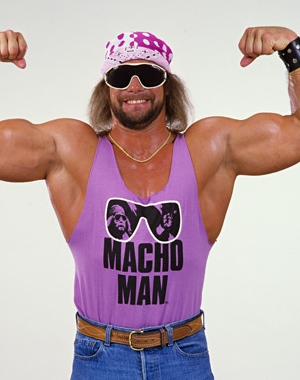|
|---|
Thursday, April 14, 2005

Luis Gispert, Untitled (Chain Mouth, a.k.a. Muse Ho), 2001
Art is a fairly risky affair: you can work hard, create things that are original, beautiful, interesting, but still struggle to make a good living. What's more, you have no security - you never know when a wave of success will stop, and you have no retirement plan. Why would you want to think of a retirement plan as an artist? Well, for one, you don't still believe the artist is a machine creating work after work after work until the batteries run out, do you? Wired published an article about an original idea for giving artists more security (and making money while doing it, of course):
The idea was simple: Create a pension plan for artists by gathering a collection of their works and gradually selling them off to build a cash account.But can art make real money? According to this study (quoted in the article), it can:
In 1998, NYU business school professors Michael Moses and Jianping Mei began an unusual experiment. They would track every transaction involving objects that had sold more than once at auction at the major New York houses since 1875. By creating a single database, they could see how art performs against traditional investment vehicles like stocks and bonds. (...) The index revealed that fine art was a far more reliable investment than is commonly thought. Moses and Mei also disproved the hoary maxim that masterpieces make the best investments. They showed that lesser-known (and thus cheaper) works appreciate at a higher rate. Finally, the index suggested that the art market floats independently from the stock market, giving it resilience against boom-and-bust cycles. (...) In theory, fine art could be used to minimize volatility in an investor's portfolio.All this is theory, but here comes the bottom line:
Of course, the best way to manage risk is to reduce it as much as possible - even if that means tilting the market in your favor. The goal is for the trust to work as a sort of seal of approval. And so the APT will aggressively promote its collection, lending to museums and galleries to enhance the reputations - and market values - of its members. There's a name for this sort of manipulation, and it's no compliment: prospecting.Shocking? Manipulative? Degrading for art? David Ross, former director of the Whitney Museum of American Art and the San Francisco Museum of Modern Art, doesn't think thinking of art as a commodity is bad, even for an artist:
"What's wrong with that?" Ross asks. "People are going to manipulate the market, for better or worse. Why shouldn't the artist, or someone representing him, be doing it?"And if you still think this puts a dark shadow on the once-pure figure of the artist, think again. And meet Luis Gispert, a fairly renowned artist who "pulls in about $100,000 a year from the sale of photographs and sculptures" and was one of the first to join the retirement fund:
"The idea of 'artist' is less sacrosanct than it once was," he says. "I could have easily gone into commercial photography or the movie business. Why should I suffer because I make art instead?"

Louis Gispert Untitled (Car Toes), 2002
Labels: commercial
0 Comments:
Subscribe to:
Post Comments (Atom)














